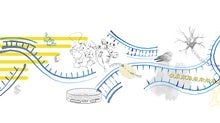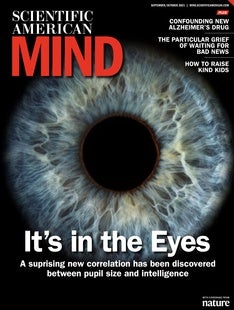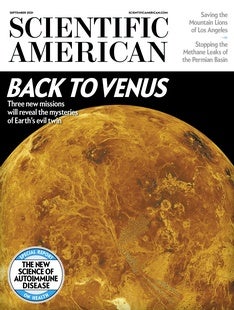 |
| September 14, 2021 |
Dear Reader,
Twenty years after 9/11, consulting engineer Donald Dusenberry explains how structural engineers studied the collapse of the twin towers and part of the Pentagon—and what they have learned. |
| |
 |
| |
| |
| |
| |
| |
| |
| |
| |
| |
FROM THE STORE
 | | | |
| QUOTE OF THE DAY
 "These 'slaughterbots' are not merely the stuff of fiction. One such drone nearly killed the president of Venezuela in 2018, and could be built today by an experienced hobbyist for less than $1,000." Kai-Fu Lee, The Atlantic | |
| |
FROM THE ARCHIVE
 | | | |
LATEST ISSUES
 |
| |
| Questions? Comments?  | |
| Download the Scientific American App |
| |
| |







![The Kavli Prize Presents: Understanding Atoms [Sponsored]](https://static.scientificamerican.com/sciam/cache/file/695BFC87-E852-4654-A8A6933D0C6F5C4D_W220_Hauto.jpg)















